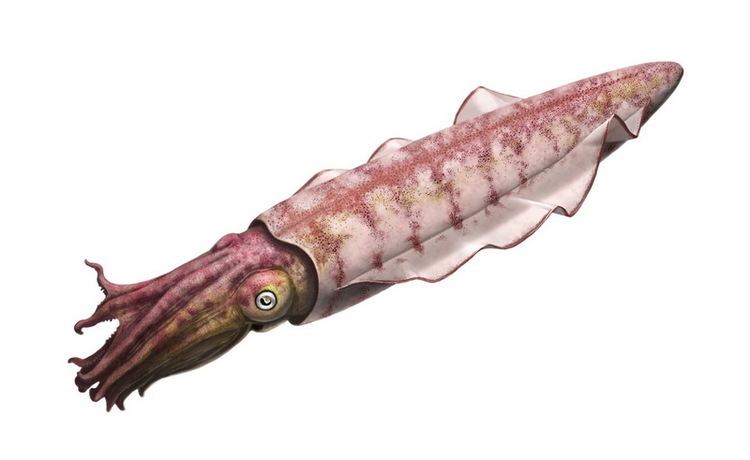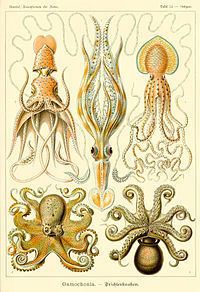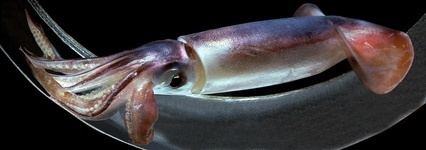Scientific name Coleoidea Rank Subclass | Higher classification Cephalopod | |
 | ||
Lower classifications Octopus, Squid, Cuttlefish, Bobtail squid, Decapodiformes | ||
Cuttlefishes tintenfische koh chang thailand
Subclass Coleoidea, or Dibranchiata, is the grouping of cephalopods containing all the various taxa popularly thought of as "soft-bodied" or "shell-less," i.e., octopus, squid and cuttlefish. Unlike its extant sister group Nautiloidea, whose members have a rigid outer shell for protection, the coleoids have at most an internal cuttlebone, gladius, or shell that is used for buoyancy or support. Some species have lost their cuttlebone altogether, while in some it has been replaced by a chitinous support structure.
Contents
The major divisions of Coleoidea are based upon the number of arms or tentacles and their structure. The extinct and most primitive form, the Belemnoidea, presumably had ten equally sized arms, in five pairs numbered dorsal to ventral as I, II, III, IV and V. More modern species either modified or lost a pair of arms. The superorder Decapodiformes has arm pair IV modified into long tentacles with suckers generally only on the club-shaped distal end. Superorder Octopodiformes has modifications to arm pair II; it is significantly reduced and used only as a sensory filament in the Vampyromorphida, while Octopoda species have totally lost that arm pair.

Evolutionary history

The earliest certain coleoids are known from the Mississippian sub-period of the Carboniferous Period, about 330 million years ago. Some older fossils have been described from the Devonian, but paleontologists disagree about whether they are coleoids. Other cephalopods with internal shells, which could represent coleoids but may also denote the independent internalization of the shell, are known from the Silurian. It is possible that the Early–Middle Cambrian fossil Nectocaris represents a coleoid (or other cephalopod) that lost its shell, possibly secondarily.
By the Carboniferous, coleoids already had a diversity of forms. Although most of these groups are traditionally classified as belemnoids, the variation among them suggests that some are not closely related to belemnites.
